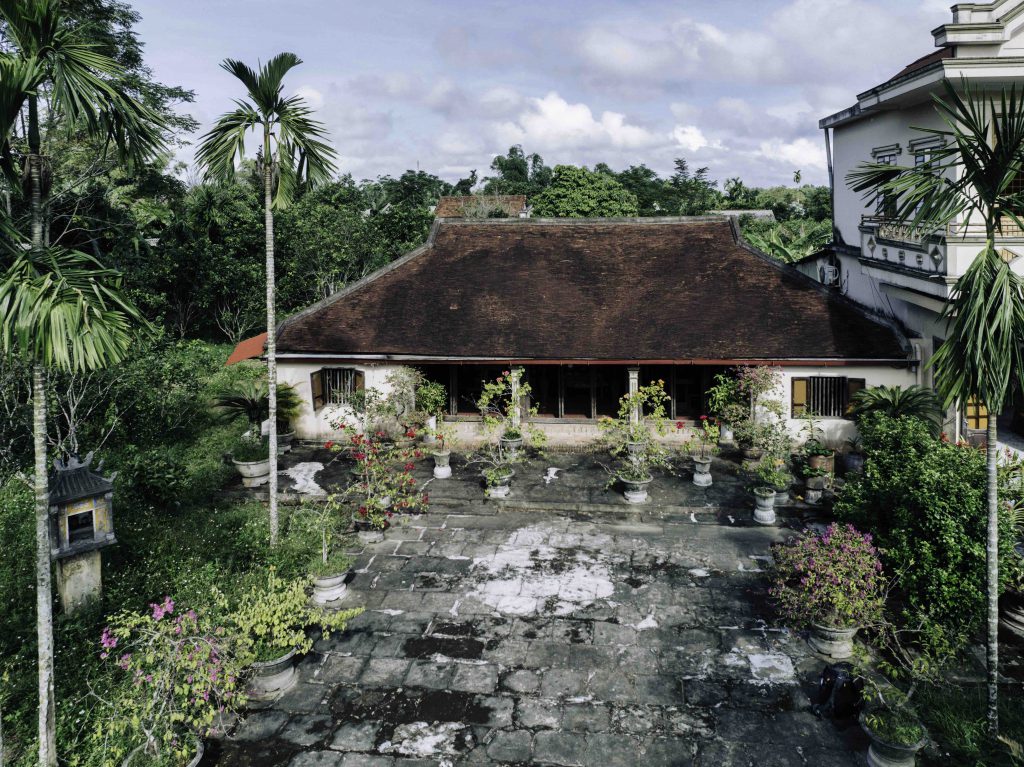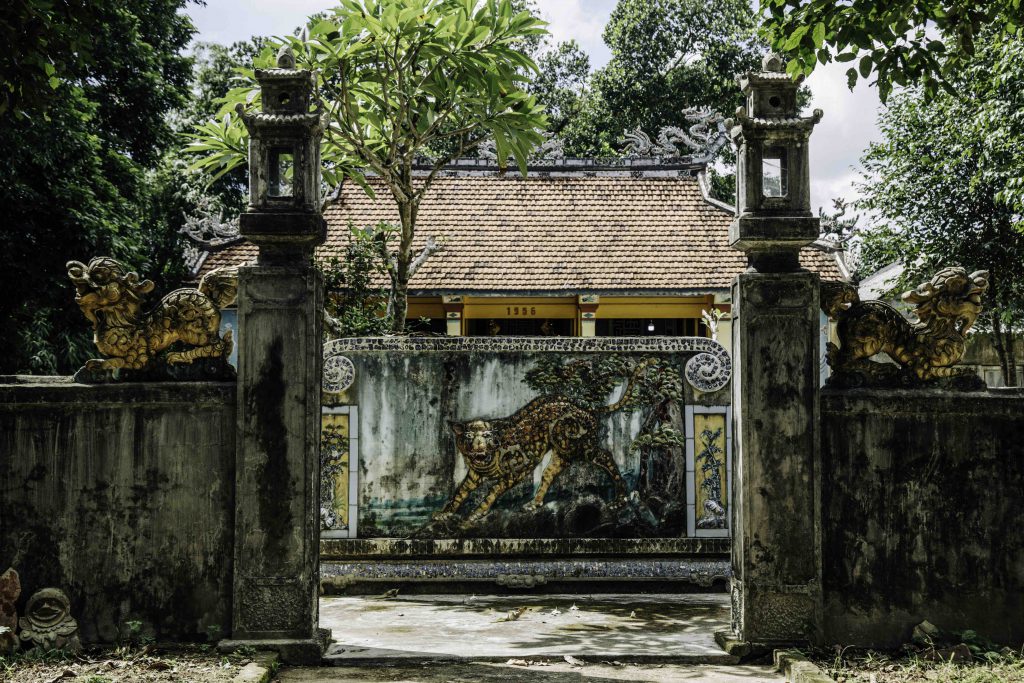Story: Hoang Thu Uyen
Photos: Nguyen Hai
It would be remiss to mention Vietnam’s Central region without recalling the marriage of Princess Huyen Tran of the Tran dynasty and King Che Man of Champa in 1306. Following this marriage, the Champa territories of O and Ly were incorporated into Dai Viet’s territory as a bridal gift, known as Thuan and Hoa provinces, which correspond to present-day Quang Tri and Thua Thien Hue.

The O Lau River has historically been a natural boundary between these two regions, defining administrative divisions and cultural, linguistic, and lifestyle distinctions. Despite its role as a boundary, the river also serves as a connecting pathway—linking the culture of mountain-dwelling communities upstream with the agricultural villages, traditional craft villages, and water-based communities downstream. Localities such as Hoi Ky, Cau Nhi, An Tho, Hung Nhon, Phu Kinh, and Van Quy on the left bank, along with Phuoc Tich, My Xuyen, Uu Diem, Pho Trach, Van Trinh, and The Chi on the right bank, collectively shape the image of this heritage-rich region.
Portrait of an Ancient Village
Hoi Ky, located in Hai Chanh commune, Hai Lang district, Quang Tri province, stretches about 1 km along the O Lau River and spans approximately 0.5 km in width. This small village of over 100 households primarily depends on agriculture for its livelihood.
After King Le Thanh Tong’s southern expedition in 1471, the village’s founder chose this fertile land by a bend in the river as a resting place and named it Hoi Ky. Since then, the village has always looked to the river as a source of life, with bamboo hedges serving as a fortress and forming fishbone-shaped alleyways that lead to the fields at the back, providing a solid rear guard.
Since its inception, twelve clans, including the Nguyen, Nguyen Van, Duong Quang, Duong Van, Tran, Ngo, and Nguyen Duc families, worked together to clear land for cultivation, adopting farming as their primary livelihood. Over more than 500 years, Hoi Ky has established various cultural institutions, such as shrines and clan houses, all facing the riverbank.

The village shrine serves as a venue for annual spring and autumn rituals, where traditional culture is preserved through customs and village regulations. Clan houses safeguard genealogical records, royal decrees, and worship offerings, reinforcing family traditions and values. Notably, within the village lies the tomb of Lady Duong Thi Ngot, a talented native who became a ninth-ranking concubine of King Thanh Thai, the tenth ruler of the Nguyen dynasty.
Hoi Ky may be small and narrow, but within this limited space lies a poetic landscape with a rich cultural heritage built over generations.
Simple, rustic values
In a 2014 survey, Kitani Kenta, an expert from UNESCO’s World Heritage Institute at Waseda University in Japan, noted that “generally, the palaces in Hue do not achieve the level of sophistication and detail found in the wooden houses of Hoi Ky.” This intricacy and craftsmanship are attributed to the skilled carpenters of Quang Tri, renowned for their expertise in building traditional wooden houses in Central Vietnam.
Hoi Ky village is home to over 20 centuries-old wooden houses. Typical architectural layouts include one main room with two side rooms (known as phuong dinh or nha banh u), three main rooms, or three main rooms with two side chambers. The wooden beams, crafted from jackfruit wood, are joined using mortise and tenon joints, wedges, and pins—completely free of nails, screws, bolts, or any metal components.

To prevent rising damp or termite damage, the columns rest on stone bases carved into squares or gourd shapes. The roofs are covered with yin-yang tiles, and the facades feature 18 wooden doors having upper panels with rails and solid lower ones. The walls are made of brick, while the floors are either packed-earth or tiled with patterned ceramic or cement tiles. The exquisite craftsmanship of these wooden structures is evident in the intricate carvings depicting dragons, phoenixes, and other motifs reflecting the themes of the four seasons and eight precious objects. Decorative elements include images of plum blossoms and cranes, chrysanthemums and butterflies, as well as bunches of grapes and squirrels.
One of the notable wooden houses in Hoi Ky is the Tich Khanh Duong house, built in 1889 during the reign of King Thanh Thai by Duong Van Vi, a prominent local leader. In addition to its unique architectural style, the house is furnished with traditional items, including a wooden bed (sập gụ), a set of chairs (tràng kỷ), cabinets (tủ chè), and horizontal lacquered boards with couplets that complement each other harmoniously. It stands as an artistic masterpiece in both architecture and interior arrangement.
A visit to Hoi Ky allows tourists to admire the beauty of these wooden houses, nestled in gardens surrounded by neatly trimmed tea trees. From the entrance gate, a tree-lined pathway leads to a screen wall, a shallow pond, and a rock garden. The small courtyard features potted ornamental plants and orchid pots hanging under the eaves, while perennial plants bearing fruits and spices grow on both sides and at the back of the garden.
Showcasing all the characteristics of a unique architectural form, the wooden houses of Hoi Ky present an air of modesty, intimacy, and tranquility to observers. Yet beneath this gentle facade lies a vibrant essence—a hidden pulse of life. This reflects a thoughtful interaction between humans and their living environment.










